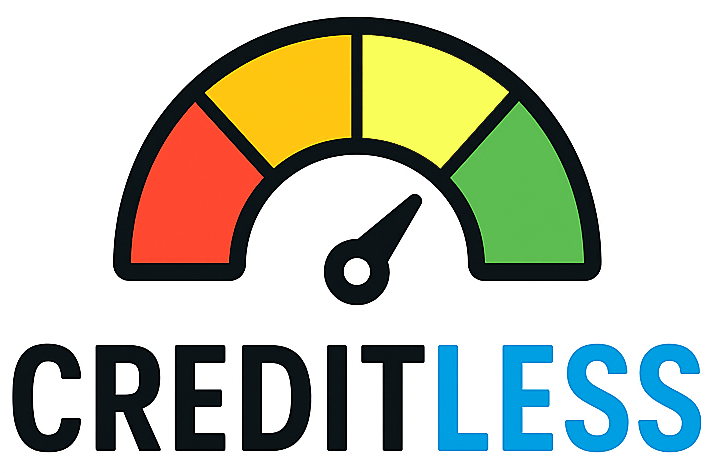Introduction — Why fintech reporting matters
Fintech companies and alternative-data services are increasingly offering ways to convert everyday on-time payments into credit-file entries. Examples include rent-reporting services, credit-builder accounts and loans, utility/telecom “boost” tools, and certain buy‑now‑pay‑later (BNPL) providers that either report positive payments or allow those payments to be added to a bureau file. These options can help people with thin or no credit files establish payment history faster — but they work differently, cost differently, and carry distinct privacy and risk trade-offs.
How these services actually report — who sees the data
Not all fintech reporting is the same. Some products create a tradeline that appears on all three major credit bureaus (Equifax, Experian, TransUnion); others add data to only one bureau or rely on Experian’s special features.
- Credit-builder loans and secured starter products: Many dedicated credit-builder loans (for example, Self) and secured-credit products report monthly to all three bureaus, creating a conventional tradeline for on‑time payments. Reporting typically begins after your first successful payment and continues monthly.
- Neobanks and credit-builder cards: Some fintech banking products (for example, Chime’s Credit Builder / Chime Card) report payment activity and balances to all three nationwide bureaus; they report routine fields such as payment status, amount past due, account age, and current balance. Late payments are reported and can hurt your score.
- Experian Boost and account‑link tools: Experian Boost scans linked bank or card accounts for qualifying on‑time utility, telecom, streaming and some rent payments and adds those to your Experian credit file (not Equifax or TransUnion). Boost uses read‑only bank access and can produce near‑instant updates to Experian-based FICO and Vantage models that use Experian data.
- Rent‑reporting vendors and variations: Several rent-reporting services claim to report to one, two, or all three bureaus — coverage and costs vary by vendor. Some will add retroactive months of verified rent history; others only report forward. Always confirm which bureaus a vendor actually furnishes.
- BNPL (Buy‑Now‑Pay‑Later): Reporting is inconsistent across providers. Some installment BNPL loans (e.g., certain Affirm loans) are furnished to major bureaus; shorter-term installment products and “pay-in-4” style loans often are not reported unless there is a default or the lender chooses to furnish data. The choice of whether and how BNPLs report continues to evolve.
Costs, privacy, timing and risks to weigh
Costs: Some services are free (e.g., Experian Boost), while third‑party rent reporters and credit‑builder products usually charge enrollment or ongoing fees — fees and look‑back windows differ by vendor. Read the pricing pages carefully before you sign.
Privacy and data access: Tools that add payments to your file often require access to bank or account credentials (read‑only access) or verification from your landlord. For example, Experian Boost uses read‑only connections to scan for qualifying payments; that reduces risk of account changes, but you are sharing transaction metadata with a company that will add items to your credit file. Understand exactly what data is accessed and how it is stored.
Timing and accuracy: Reporting can be monthly, and updates may take several weeks to appear on a given bureau’s report. Some rent‑reporting users report delays or partial coverage (vendor or bureau issues), so factor in possible lag and have documentation ready if you need to dispute missing items.
Downside risks: While many programs add only positive payments, products that create a tradeline (secured cards, loans, or rent accounts) will usually report late payments or delinquencies too — which can damage your credit. BNPL behavior is especially mixed: some BNPL providers will not report on‑time behavior but will report delinquencies or send accounts to collections, which hurts credit.
Checklist: What to confirm before you sign up
Use this quick checklist to compare services and avoid surprises.
- Which bureaus? Confirm whether the product reports to Equifax, Experian, TransUnion, or a subset. A boost to only one bureau may not help lenders who pull another bureau’s file.
- Is reporting monthly and when does it start? Ask when the first tradeline appears and how often they furnish updates; many credit‑builder accounts report monthly after the first successful payment.
- Are past payments included? If retroactive reporting matters to you, verify the look‑back window and any verification requirements for past rent or bill history.
- Costs and refunds: List all fees (setup, monthly, retroactive reporting) and any money‑back guarantees or refund windows.
- Privacy & data access: Confirm exactly what account access the service needs (e.g., read‑only bank access), how long credentials are stored, and whether data is sold or shared beyond reporting to bureaus.
- Does it report negatives? If the product creates a tradeline, check whether missed payments, charge‑offs, or returned payments will be reported.
- Customer service & dispute path: Look for evidence of timely customer support and a clear dispute process — and read reviews or complaints to spot recurring issues.
Final tip: If you’re primarily trying to build credit, compare a low‑cost credit‑builder loan or secured starter product (which typically report to all three bureaus) with one‑off boost tools. For many people the simplest, lowest‑risk path is a credit‑builder product that reports broadly and predictably.
